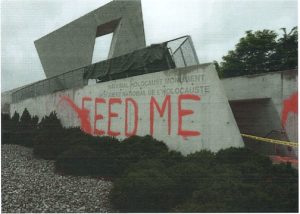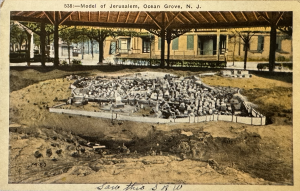Utilizing modern mapping technology from Google Maps, a Jewish genealogy website has launched a new feature that allows researchers to view the geographical distribution of a specific surname on a map of Poland, decade by decade from the early 1800s to the first part of the 20th century.
Dubbed the Surname Distribution Mapper, the new utility seems a logical addition to the Jewish Records Indexing –Poland website (JRI-Poland for short), which offers a searchable index of some 4.5 million Jewish civil records, mostly from 19th-century Poland and western Ukraine.
The Surname Distribution Mapper graphically displays the results of a particular surname search on a map. Each occurrence of the surname is represented as a tree icon that grows in size as more instances of the surname are found in the same locality in a given decade. “By running the cursor over each tree icon, a user can view a pop-up window displaying the number of vital record entries found in various towns in the database,” said Stanley Diamond, the retired Montreal businessman who is JRI-Poland’s executive director.
The mapper’s “progressive mode” displays the march, via a sort of still-frame animated movie, of the tree icons across the map in 10-year intervals. The Surname Distribution Mapper offers “a magnificent pictorial representation” of where one’s ancestral relatives lived in Poland, said Gary Mokotoff, publisher of Avotaynu, the international review of Jewish genealogy.
The mapper works best for relatively rare names such as Glicensztajn or Mokotoff. Its “soundex” function ensures that alternate spellings of the same name will usually be found and mapped together. It seems less useful with very common Jewish surnames such as Cohen, Goldberg and Lieberman – in which case “you have to have a pretty good sense of geography to pick your trees out of the forest,” as one user commented.
Michael Tobias, JRI-Poland’s database manager and developer of the Surname Distribution Mapper, said it can give researchers clues on possible towns in which ancestral records may be found. “It can also be useful, especially for less common surnames, to identify movements or migrations over time. For example, it is possible now to see the migration of some families from Lithuania into Poland, and from smaller villages to highly populated cities like Lodz as the 19th century developed.”
For more information about the mapper, visit www.jri-poland.org. The site is free but users are required to register.






